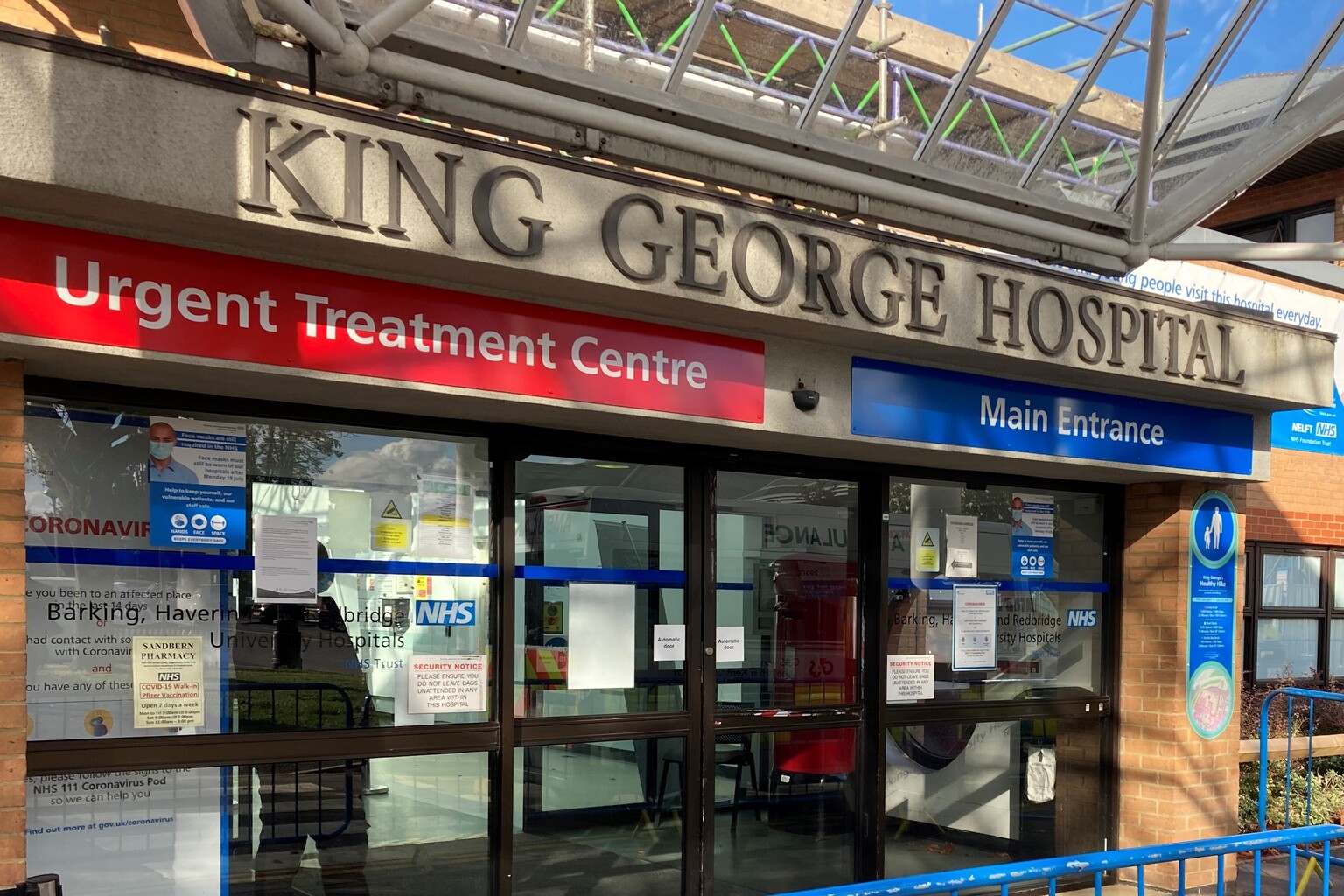With burnout posing a threat to physicians everywhere, which fields are at the highest risk? Read more for a look at physician burnout by specialty.
The Agency for Health Research and Quality characterizes physician burnout as "a long-term stress reaction marked by emotional exhaustion, depersonalization, and a lack of sense of personal accomplishment." Physician burnout has been linked to a higher likelihood of committing medical errors, increased healthcare costs and higher rates of anxiety and depression. It is also, unfortunately, far too prevalent in modern medicine.
According to the results of Medscape's "National Physician Burnout and Suicide Report 2020," 42% of all physicians are burned out. However, this top-line figure obscures large differences in responses from physicians — their answers varied widely by age and sex. Physicians from Generation X (48%) were more likely to report burnout than physicians from the baby boomer or millennial generations (38% each), while female physicians (48%) were more likely to report burnout than male physicians (37%). The most commonly cited contributors to burnout included "too many bureaucratic tasks (e.g., charting, paperwork)" (55%), "spending too many hours at work" (33%) and "lack of respect from administrators, employers, colleagues, or staff" (32%).
Physician burnout by specialty
Medscape also tracks rates of burnout as they differ across specialties. Which specialties are most vulnerable to burnout? Here's a rundown of the worst offenders.
Urology
At 54%, urologists had the highest rate of burnout in the survey. While the reasons for burnout in urology vary by individual, a 2016 study from the Mayo Clinic and the American Medical Association suggested that the high rate among urologists could be driven by long working hours (including call), the burden of the electronic medical record and pressure from competition to see an ever-larger number of patients. According to the American Urological Association, the average urologist works 56 hours per week in the United States, and about one-third work more than 60 hours per week. Practicing urologists make $417,000 annually on average, according Medscape's most recent compensation report.
Neurology
Neurologists had the second-highest rate of burnout in the survey, at 50%. Dr. Edward M. Manno, a neurologist at Northwestern University, speculated in an article published by the American Academy of Neurology that the "grave nature of many neurologic conditions" and the limited treatment options available for them may be contributing to the high rates of burnout among neurologists. A 2017 study in Neurology found that neurologists worked 55.7 hours per week on average, and practicing neurologists earn $280,000 annually on average.
To learn more about physician burnout, listen to "Conquering Burnout" on AudioDigest.
Nephrology
With 49% of nephrologists reporting burnout, nephrology had the third-highest rate of burnout in the survey. Dr. John K. Roberts, a nephrologist at Duke University, noted in a piece for the Clinical Journal of American Society of Nephrology that "poor job opportunities, long work hours, poor teaching/mentoring, and an overall poor fellowship experience," along with having to take care of critically ill patients, may be driving burnout among nephrology fellows. Several of these factors are likely also affecting attending nephrologists. Nephrologists make $306,000 per year on average. Most spend 30 to 45 hours seeing patients and nine to 24 hours on administrative tasks per week, according to Medscape.
Endocrinology, family medicine, obstetrics and gynecology, radiology and rheumatology
These five specialties were tied for the fourth-highest burnout rate at 46%. Physicians in these specialties make $236,000, $234,000, $308,000, $427,000 and $262,000 annually on average, respectively. With the exception of radiology, each of these specialties has an annual salary that falls in the lower half of specialties, as reported by Medscape. These relatively low salaries, combined with the increasing competitive pressures of life in the clinic, may be contributing to the high rates of burnout seen among practitioners in these specialties. A recent article in Radiology Business identified a number of factors affecting burnout among radiologists, including "turnaround time pressures, ever-increasing imaging volumes, declining reimbursements per study, isolation in the work environment, changes in the market and perceived livelihood threats from technological advances, among others."
Physician burnout is a serious problem that affects clinicians, patients and the healthcare system as a whole. Solutions to reduce physician burnout are urgently needed. When deciding which specialty to pursue and which fields to apply to for residency, it's worth examining the results of Medscape's annual burnout survey and reviewing the literature on physician burnout statistics. Having a sense of the prevalence of physician burnout by specialty may help guide your ultimate choice.



